Overview
This blog covers the essentials of using folding knives, including choosing the right one, safety tips, maintenance, and their versatility in everyday tasks and outdoor adventures. It also addresses legal considerations and the cultural significance of pocket knives, encouraging readers to appreciate and responsibly use these versatile tools.
Frequently Asked Questions
1. What are the essential parts of a folding knife?
2. How do I choose the right pocket knife for my needs?
3. What safety tips should I follow when using a folding knife?
4. How do I maintain my folding knife?
5. What are common uses for pocket knives?
In today's world, having a reliable tool at your disposal can make all the difference, especially when it comes to tasks requiring precision, portability, and ease of use. Folding knives are versatile tools that can assist you in a myriad of situations, from outdoor adventures to everyday tasks. This blog will guide you on how to properly use a pocket knife, ensuring your safety and enhancing your experience.
The Basics of Folding Knives
Folding knives come in various styles and sizes, offering unique features tailored to specific tasks. Understanding the anatomy of your pocket knife is the first step towards becoming adept at using it. Below are the essential parts of a folding knife:
- Blade: The sharp part of the knife that performs cutting tasks.
- Handle: The section you hold onto for stability and control.
- Locking mechanism: A safety feature that keeps the blade securely in place during use.
- Thumb stud or hole: Used to open the blade with one hand.
When you're familiar with these components, using your pocket knife becomes not only effective but also safer.
Choosing the Right Pocket Knife for Your Needs
Before you start using pocket knives, you need to choose the right one for you. Here are some factors to consider:
Blade Material
Different materials offer different advantages. Stainless steel is popular for its durability and corrosion resistance, while high carbon steel can offer better edge retention but may require more maintenance.
Blade Size and Shape
The size and shape of the blade depend on your intended use. A larger blade offers more cutting surface but is also bulkier to carry. In contrast, a small blade is discreet but may not handle heavy tasks well.
Handle Comfort
Your knife's handle should fit comfortably in your hand. Ergonomics matter! A comfortable grip allows for safer handling and more efficient use. Be sure to evaluate the handle material as well, as it impacts grip and durability.
Essential Safety Tips for Using Folding Knives
Safety should be your main priority when using any type of knife. Here are some tips to keep in mind:
Always Close the Knife When Not in Use
Leaving your pocket knife open can lead to accidental injuries. Make it a habit to close the blade properly when you're done using it. This helps prevent accidental cuts and also extends the lifespan of your tool.
Use the Knife as Intended
Each knife has a specific design for a variety of purposes. Using it for tasks that it wasn't designed for can lead to damage or dangerous situations. For example, don't apply excessive force to a knife that's not meant for prying.
Establish a Safe Cutting Zone
Always ensure your cutting surface is stable, and keep your fingers away from the blade. A foldable knife should only be used on an appropriate surface, such as a cutting board, to avoid slips and accidents.
Stay Aware of Your Surroundings
Your surroundings can pose hazards while using a pocket knife. Make sure no one is in your vicinity when opening or handling the knife. This attention to your environment is crucial for your safety and the safety of others.
Mastering the Art of Using a Pocket Knife
Now that you have the basics down, it's time to master the different techniques that will help you use your knife effectively.
Opening the Knife
Folding knives typically feature a thumb stud or a hole to facilitate easy opening. Ensure you're holding the handle firmly while using your thumb to either press or slide to release the blade. Make sure you have a good grip to avoid any accidents.
Cutting Techniques
Different tasks require different cutting techniques. Here are some basic cuts to practice:
- Straight Cut: Ideal for slicing or cutting flat materials like rope or packaging.
- Slicing: A gentle motion with the knife held at an angle; great for food prep.
- Carving: This technique involves controlled movements for achieving detailed work.
Practice these techniques to become more efficient and confident in your knife skills.
Maintenance: Keep Your Folding Knife in Top Shape
Good maintenance will ensure your pocket knife remains a reliable tool. Follow these simple maintenance tips:
Regular Cleaning
After each use, clean the blade with warm water and mild soap. Wipe it down with a soft cloth to avoid rust and corrosion. Regular upkeep will extend the life of your folding knives.
Sharpening the Blade
A dull blade can be more dangerous than a sharp one, as it requires more force to cut. Invest in a good sharpening stone or kit and learn how to properly sharpen your knife. Aim for a consistent edge – it makes for safer and more efficient cutting.
Check the Locking Mechanism
Before using a folding knife, always check its locking mechanism to ensure it functions correctly. If it feels loose or wobbles, it may need adjustment or replacement. A secure blade is essential for safe use.
Pocket Knives and Their Versatility
Folding knives are not just tools—they're companions for adventure and daily living. Let's explore the versatility of pocket knives and how they can benefit you in different contexts:
Everyday Carry (EDC)
For many, a pocket knife is a part of their essential carry items. From opening boxes to quick fixes, having a folding knife makes daily tasks easier. It's a tool that can be both practical and indispensable.
Outdoor Adventures
If you're an outdoor enthusiast, a folding knife is a must-have. Whether camping, fishing, or hiking, it can assist with food preparation, gear repairs, or even first aid. Being equipped with a reliable knife can make your outdoor experience safer and more enjoyable.
Crafting and Hobbies
Many hobbyists find pocket knives invaluable for various crafting projects. From wood carving to model assembly, the precision that comes with these knives can help you achieve finer details in your creations.
Legal Considerations When Carrying a Pocket Knife
It's essential to be aware of the legal guidelines regarding carrying a folding knife. Laws can vary significantly by state and locality. Here are a few tips:
Research Local Laws
Before carrying a pocket knife, familiarize yourself with your local regulations. Some places may have restrictions on blade size and type. Always abide by these laws to avoid legal complications.
Educational Resources
Many websites and organizations provide information about knife laws by state. Utilize these resources to stay informed about carrying your folding knife.
More than Just a Tool: The Culture of Pocket Knives
Carrying a pocket knife is often tied to personal stories and cultural significance. For many, it is a family heirloom passed down through generations or a symbol of craftsmanship and design.
Collecting Folding Knives
Knife collecting has become a popular hobby for many enthusiasts. Different brands, styles, and historical significance can make collecting folding knives a rewarding journey. Dive into the world of knife collecting, and you may find more than just a tool; you'll discover rich history and craftsmanship.
Community and Passion
There are vast communities dedicated to discussing and exchanging knowledge about knives. From online forums to local meet-ups, you'll never run out of things to learn and people to share experiences with.
Start Your Journey Today!
Folding knives offer a blend of practicality and enjoyable experiences. By embracing safety, learning proper techniques, and maintaining your knife, you can enhance your skills and incorporate this versatile tool into your daily life. Whether you are an outdoor enthusiast, crafting aficionado, or just someone looking for a reliable tool, investing time to understand how to use your pocket knife properly is well worth the effort. Don't forget to pass along your knowledge and passion for folding knives to others, ensuring a culture of appreciation and responsible usage continues for future generations!








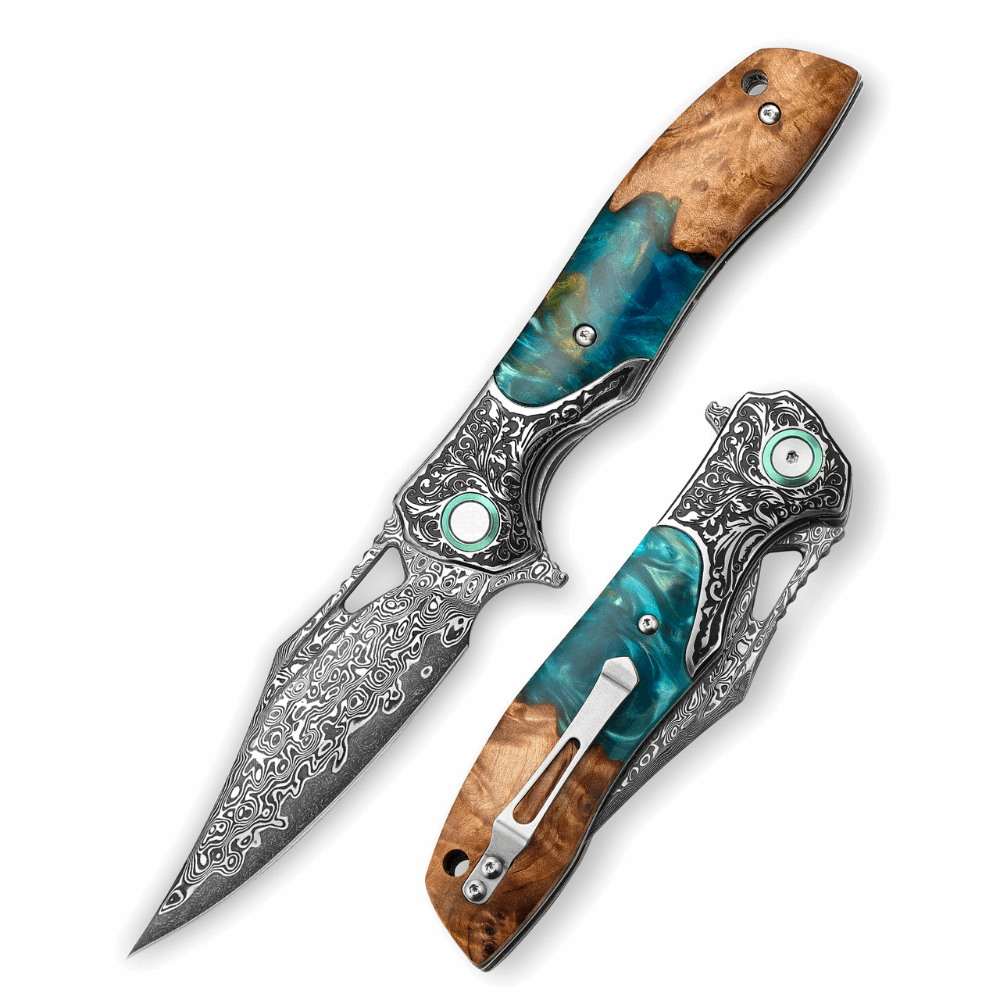
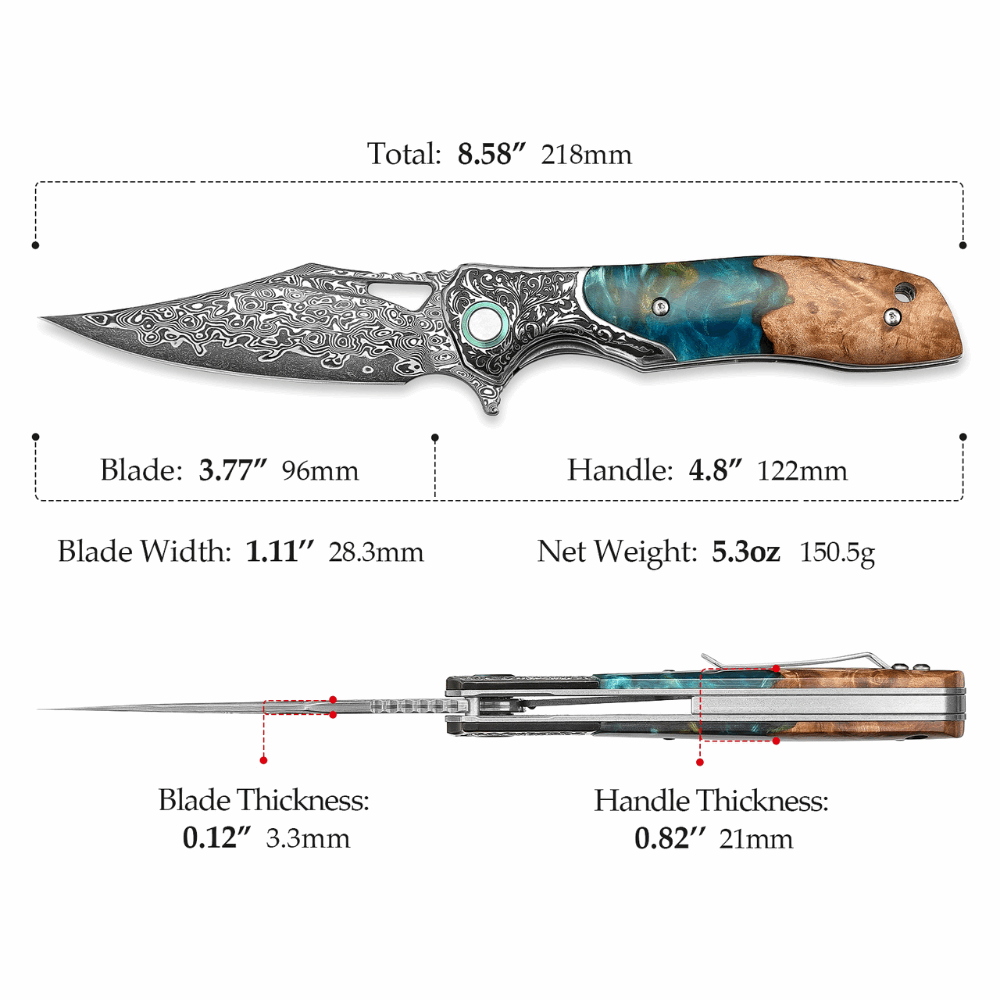
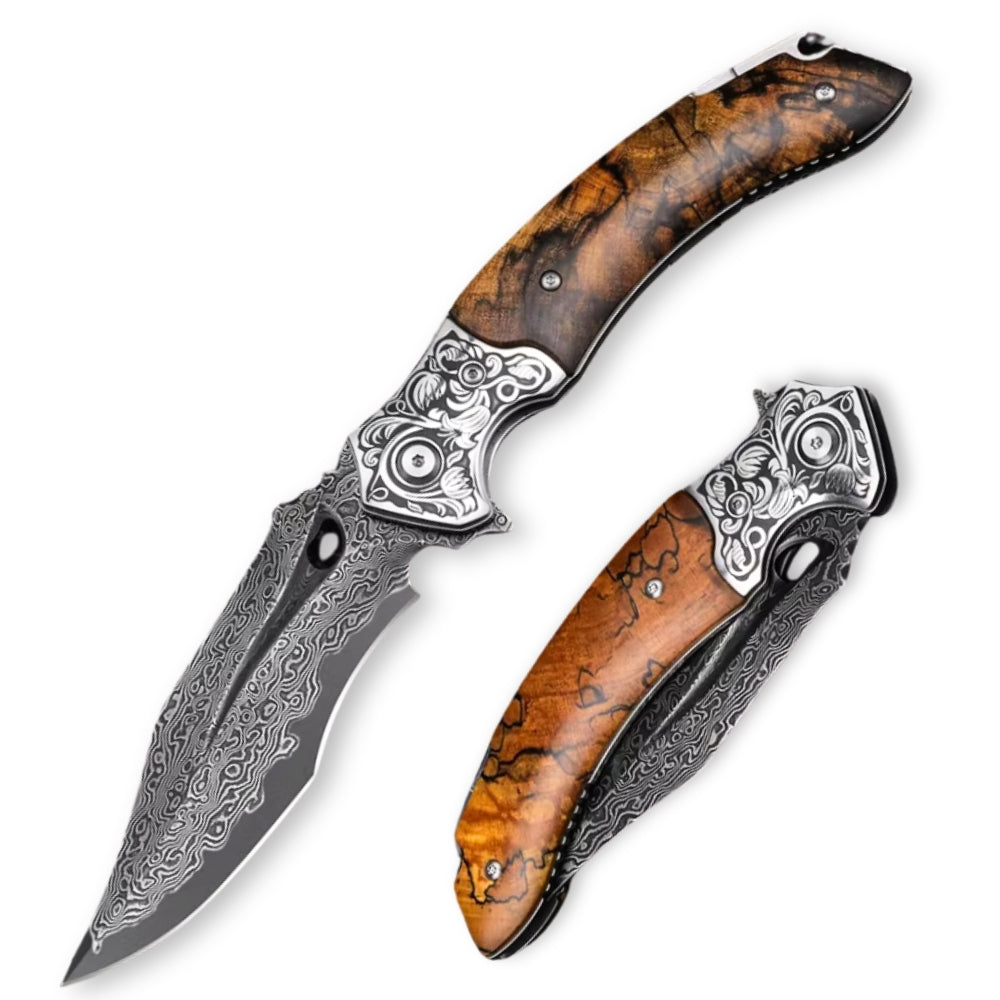
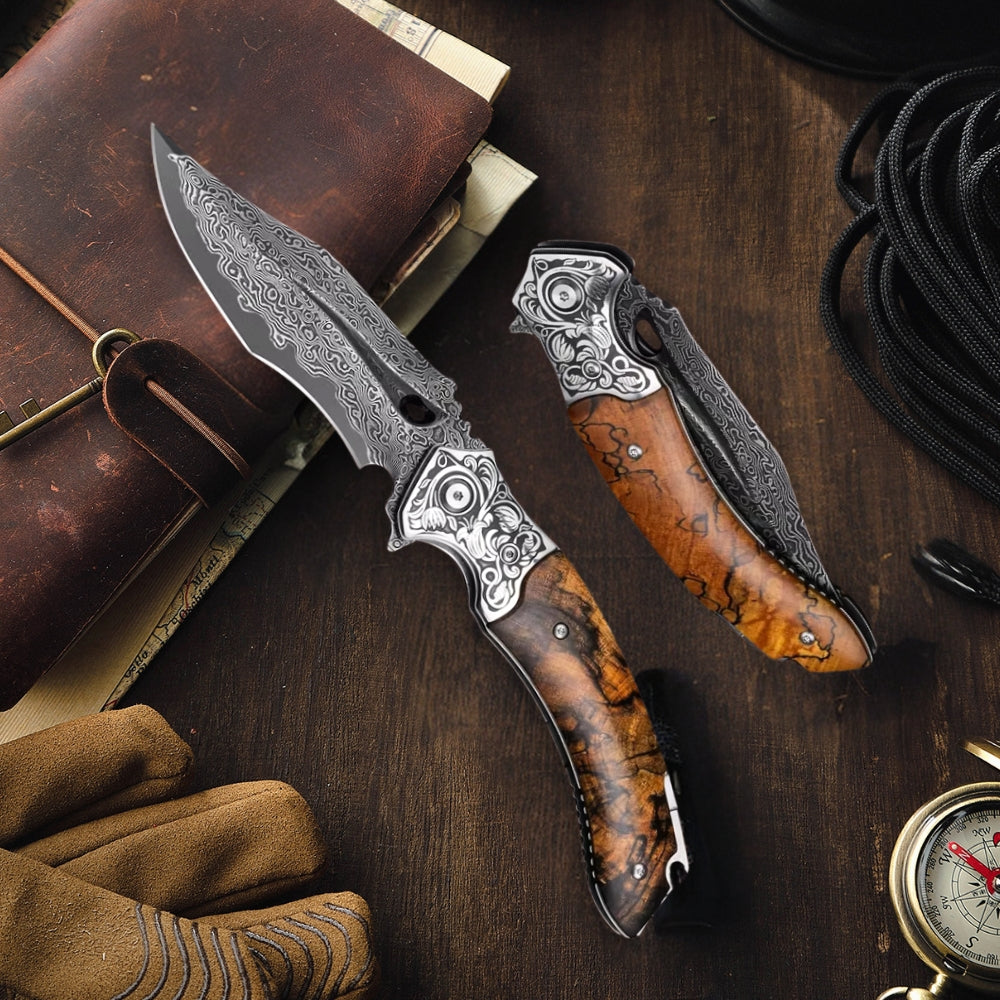
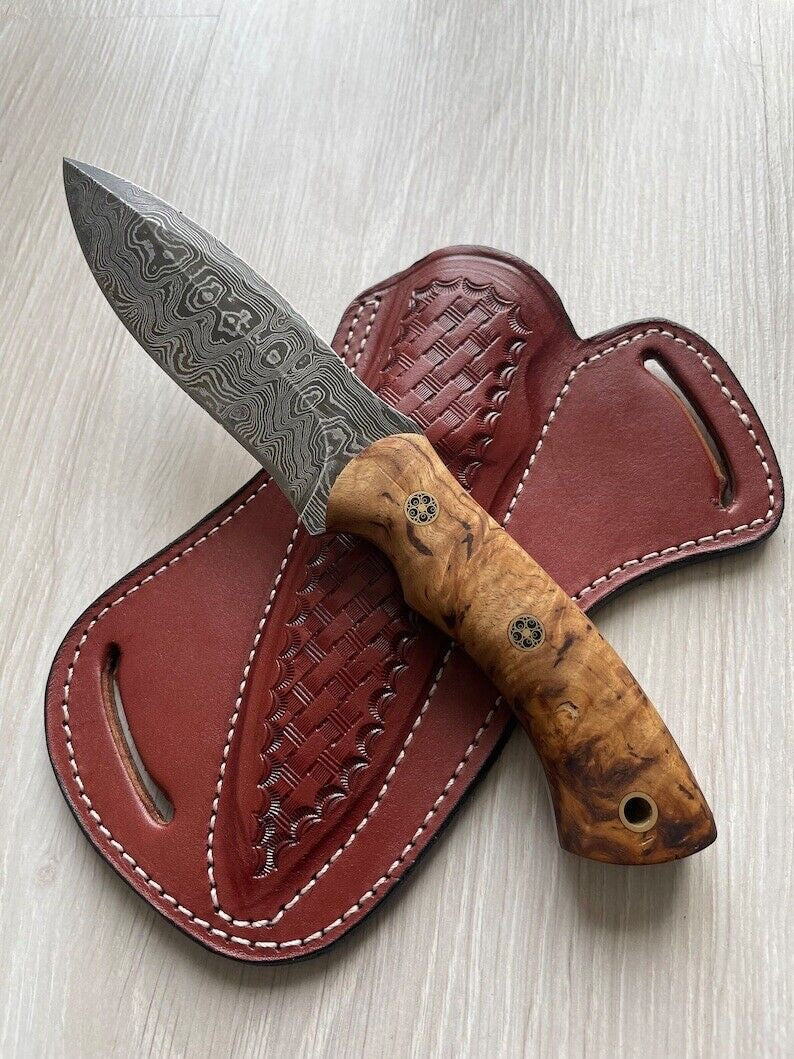
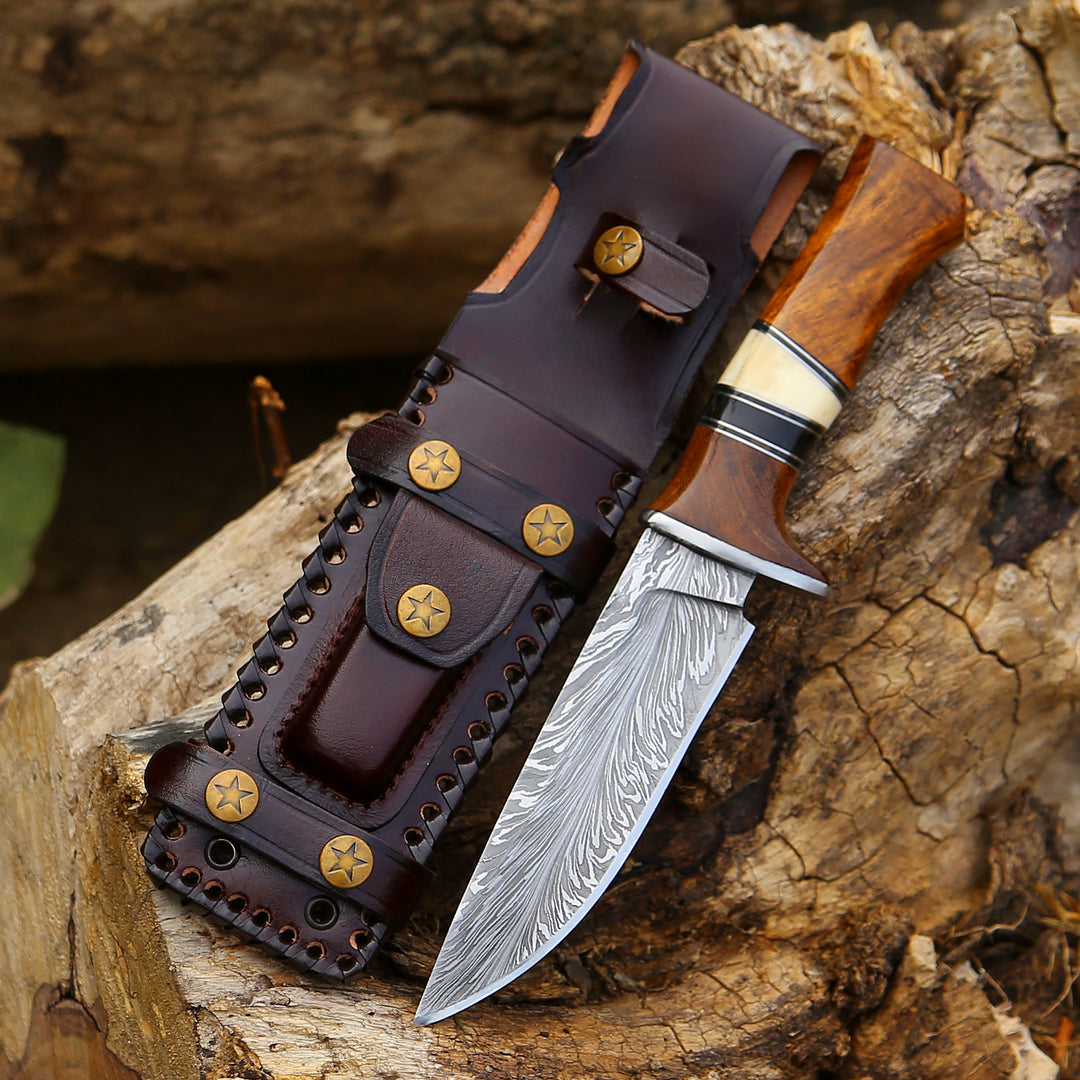
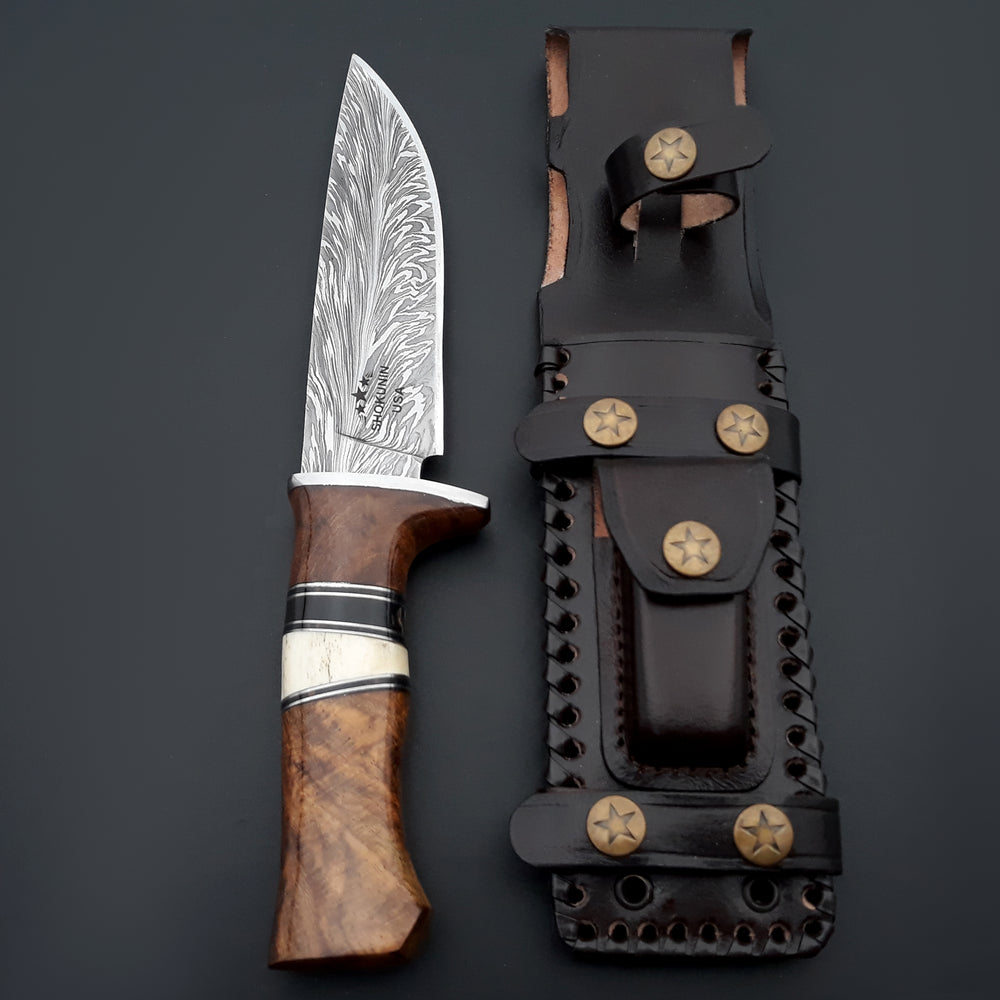
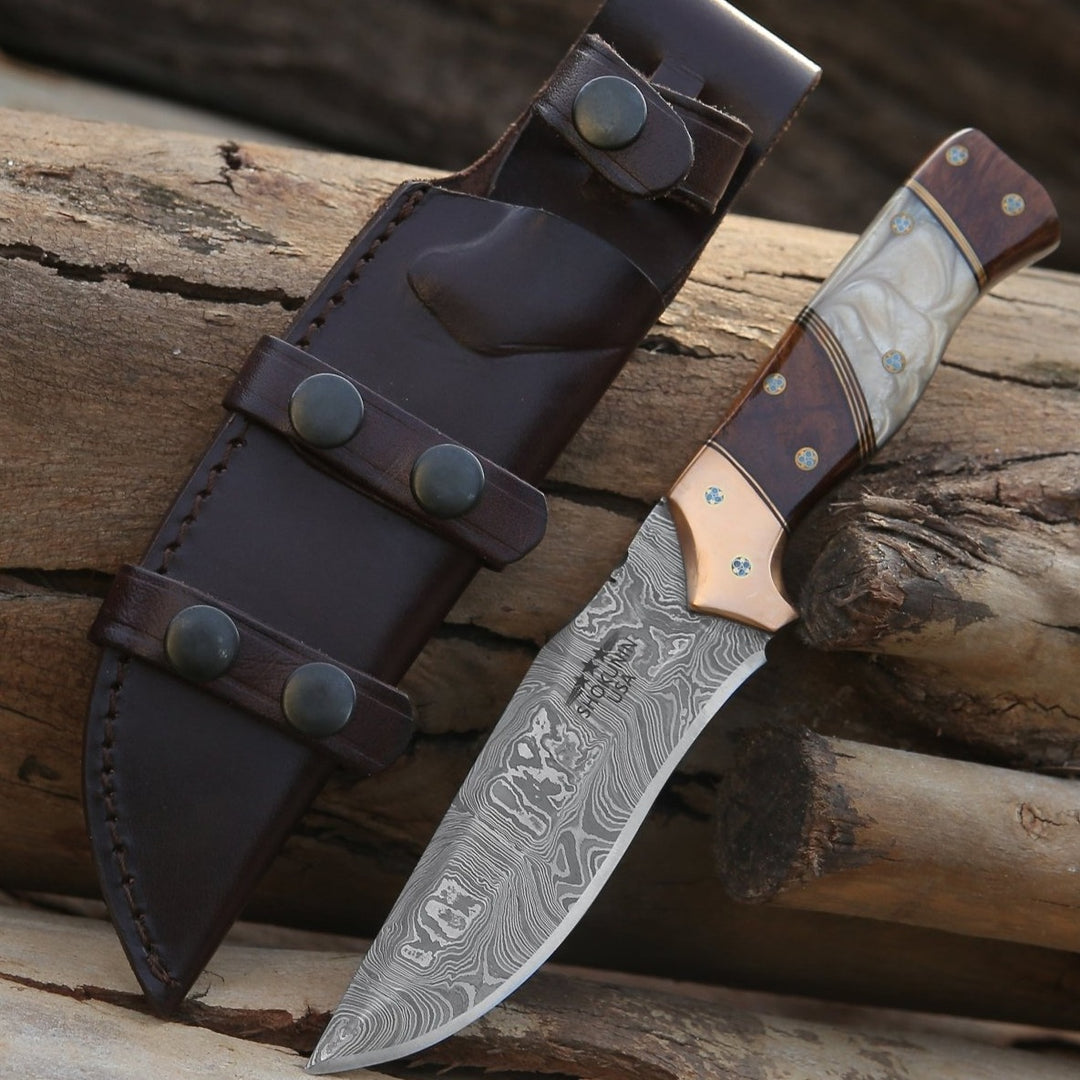
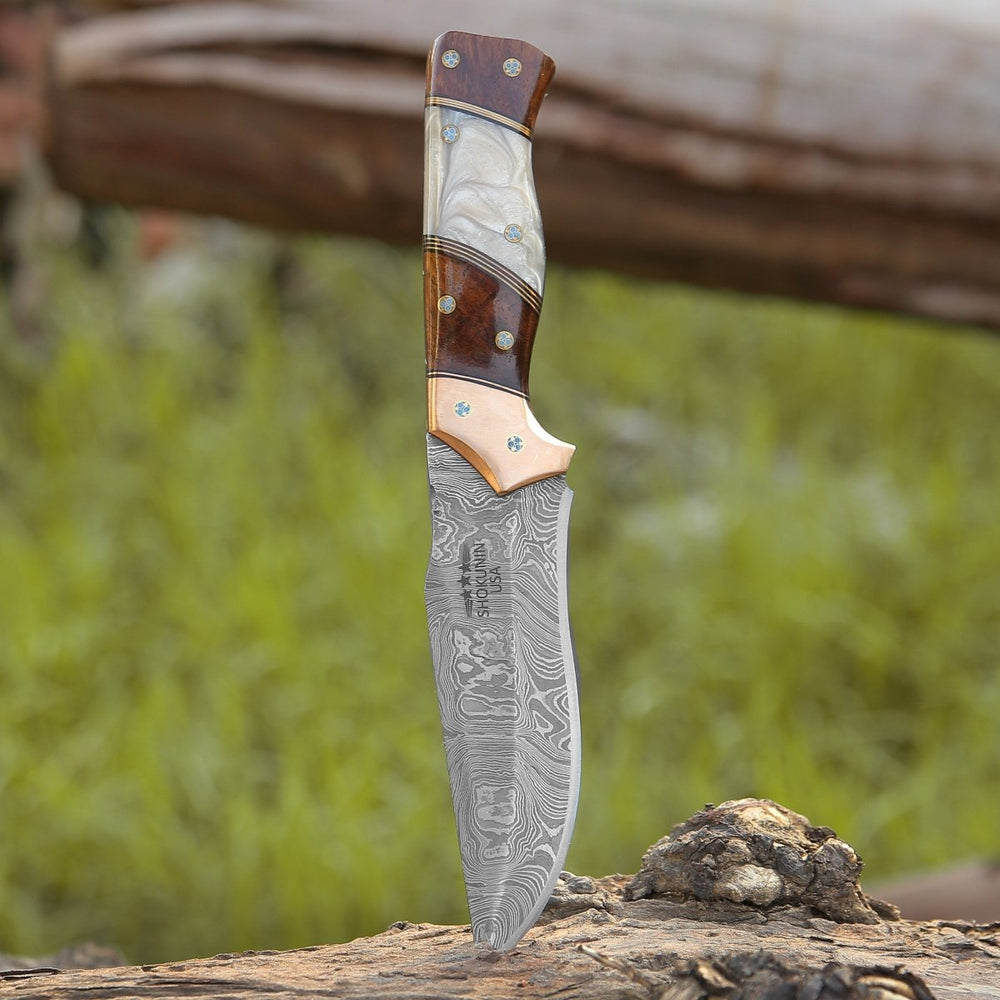
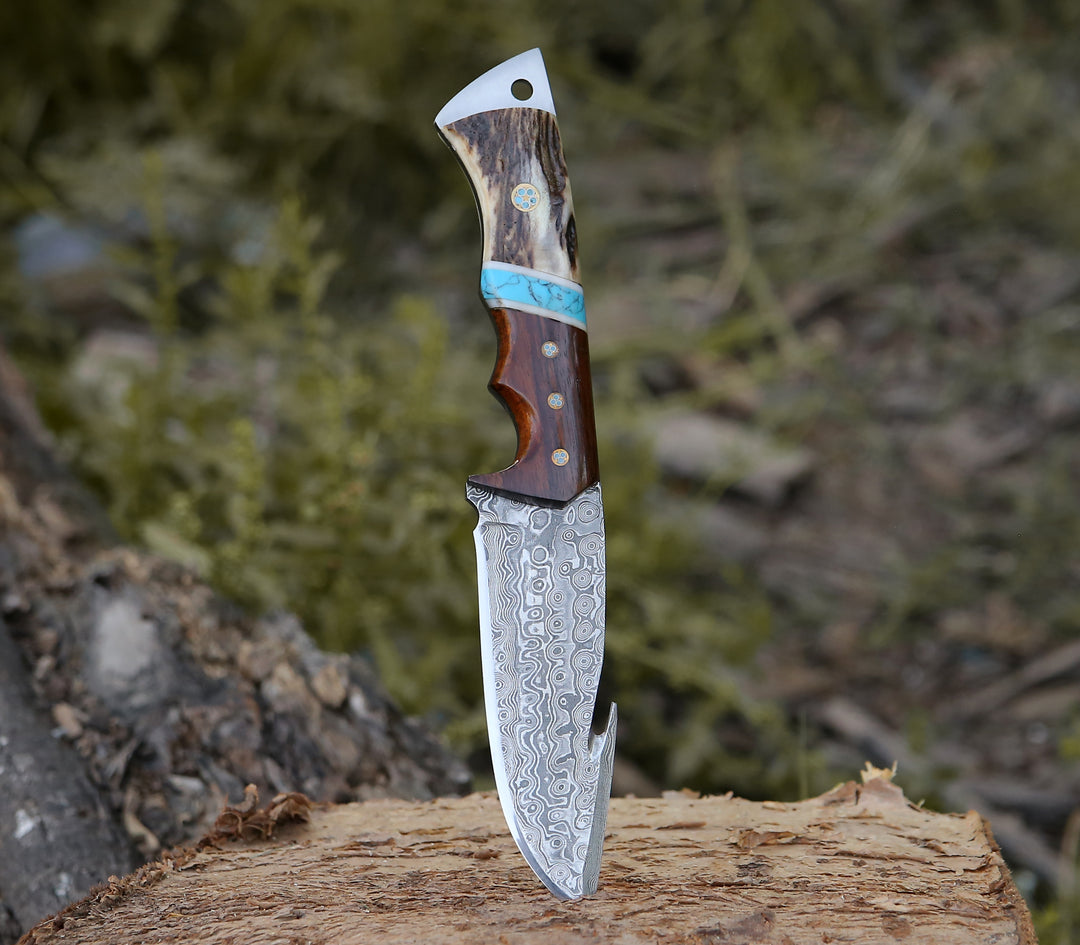
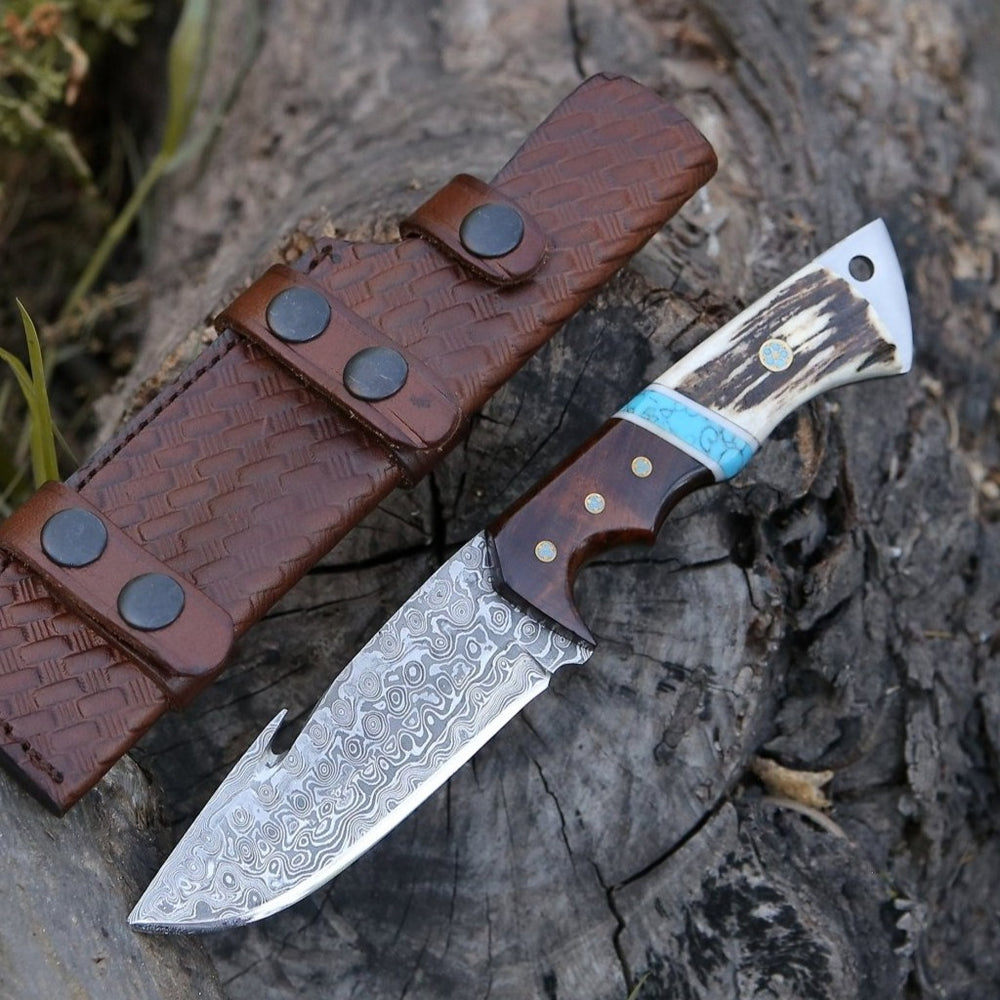

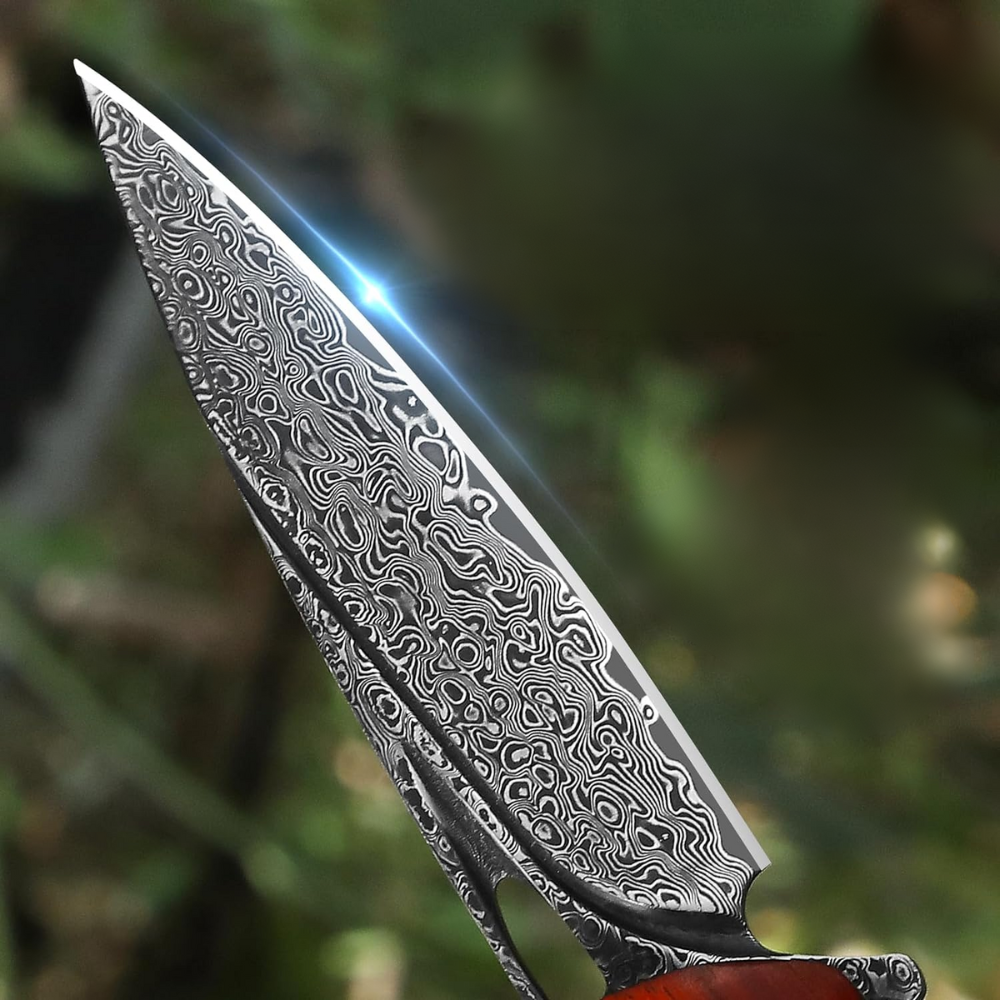
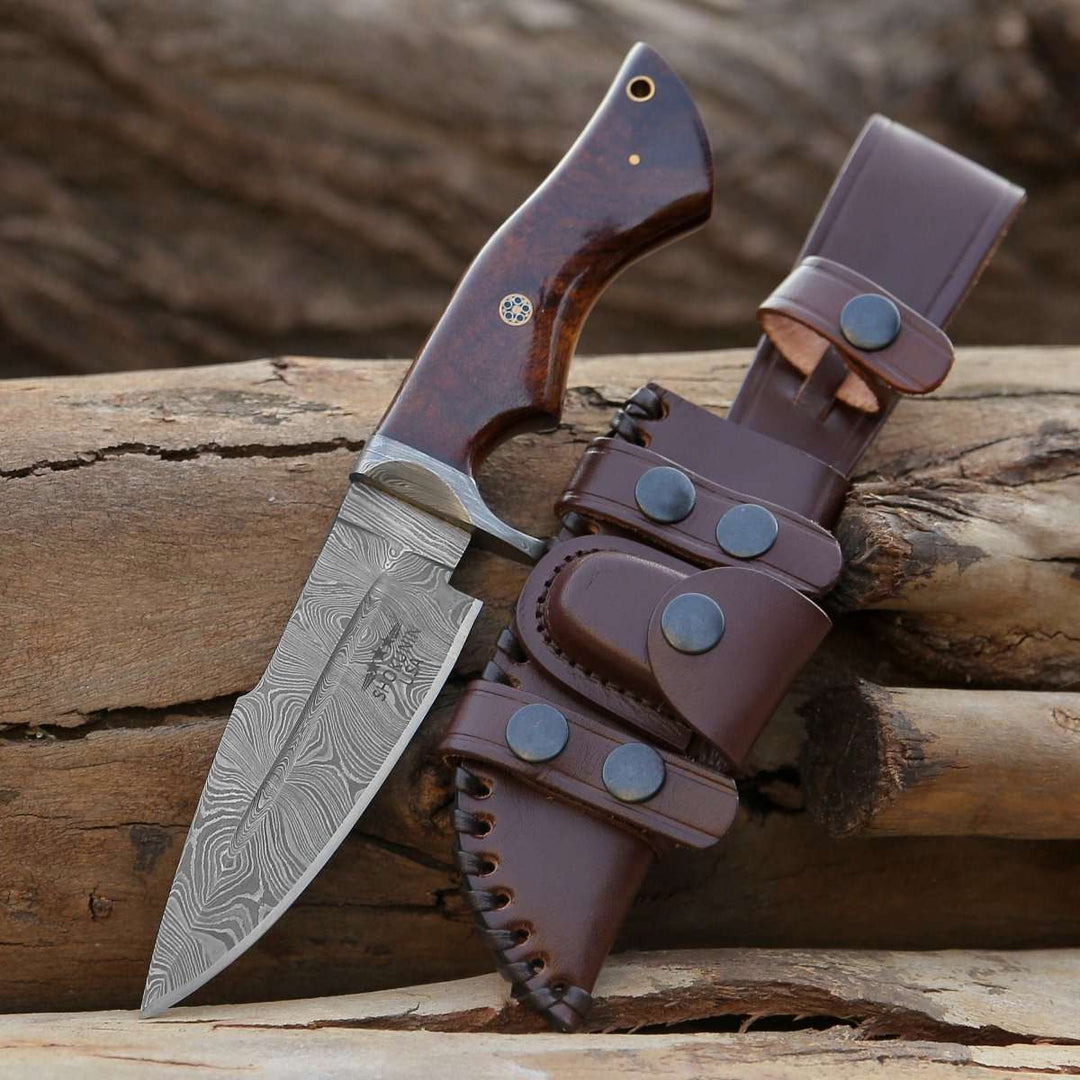

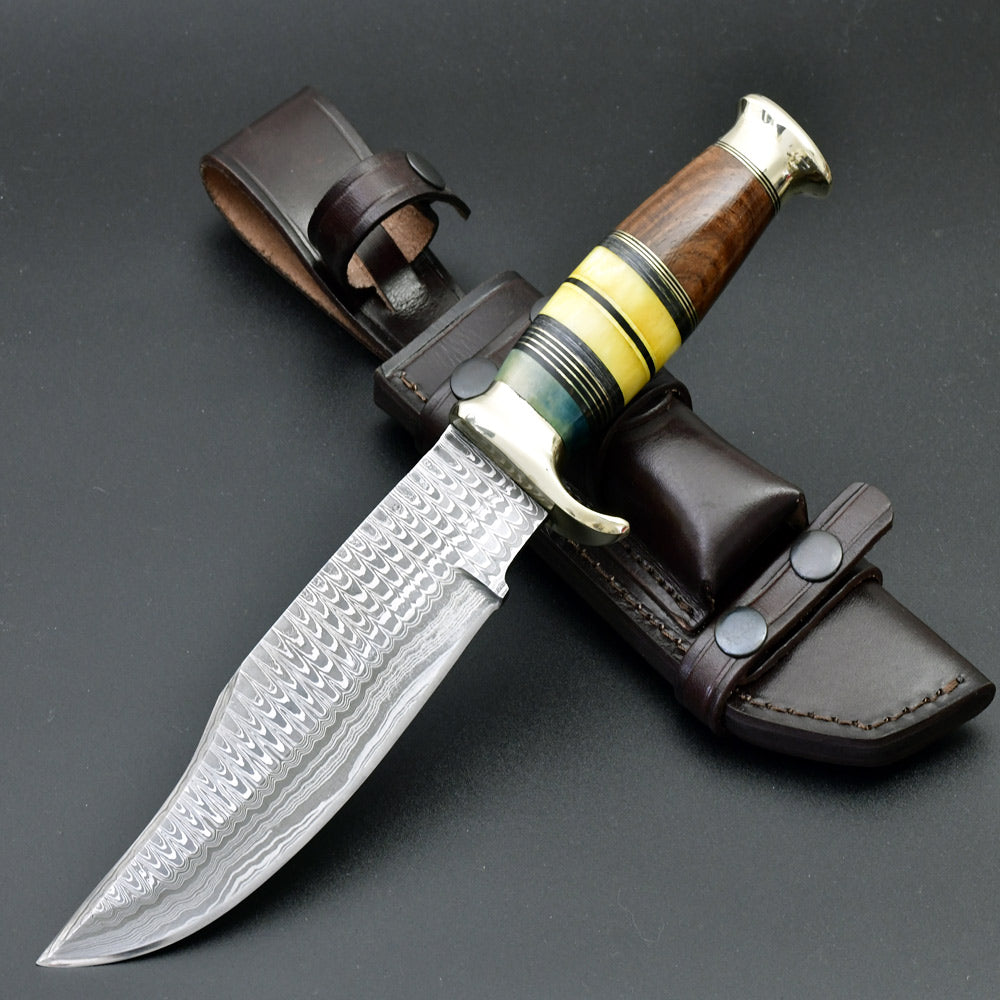
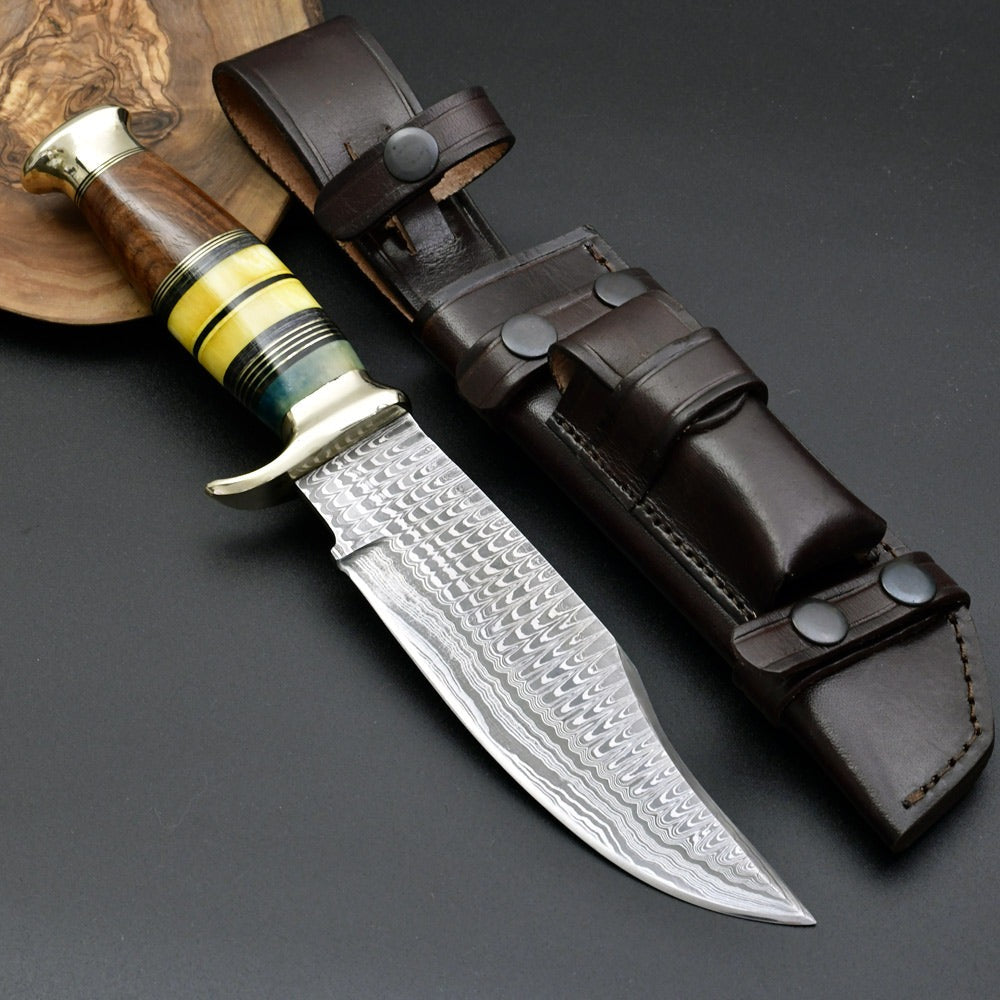
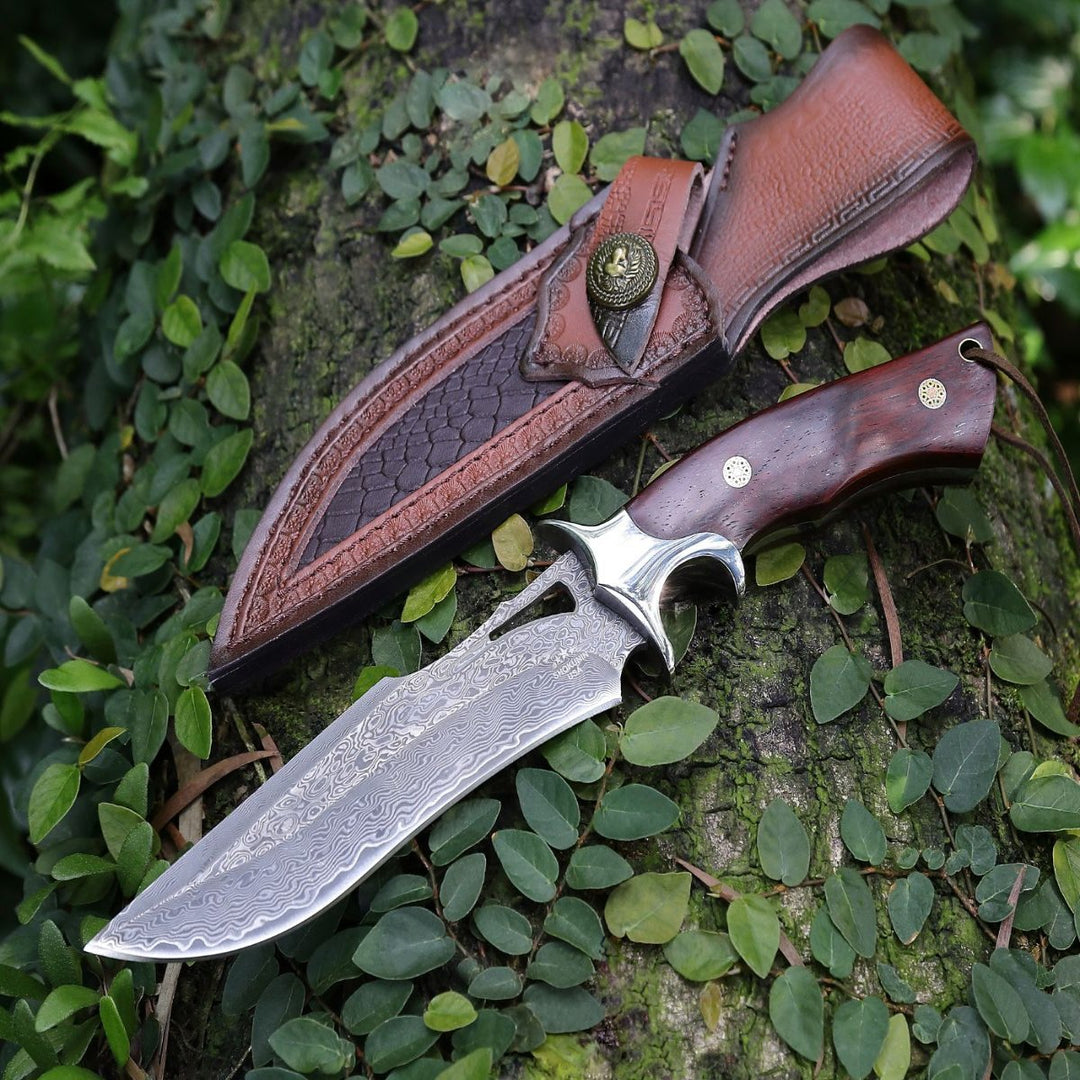
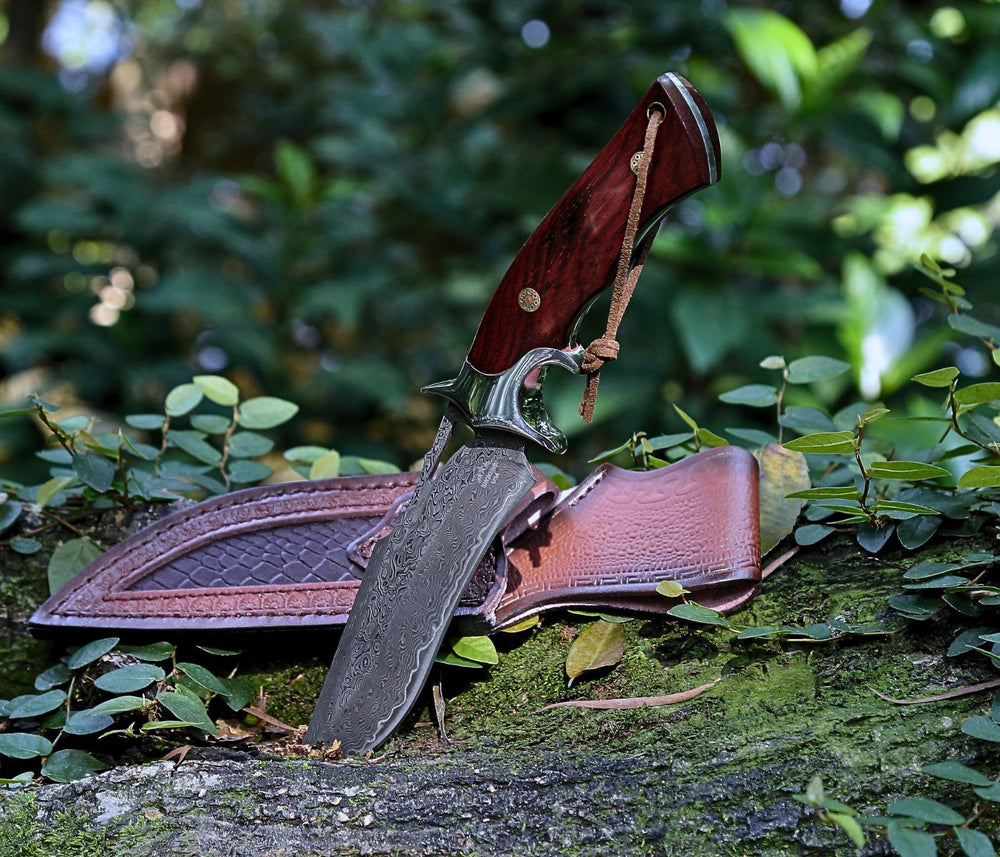
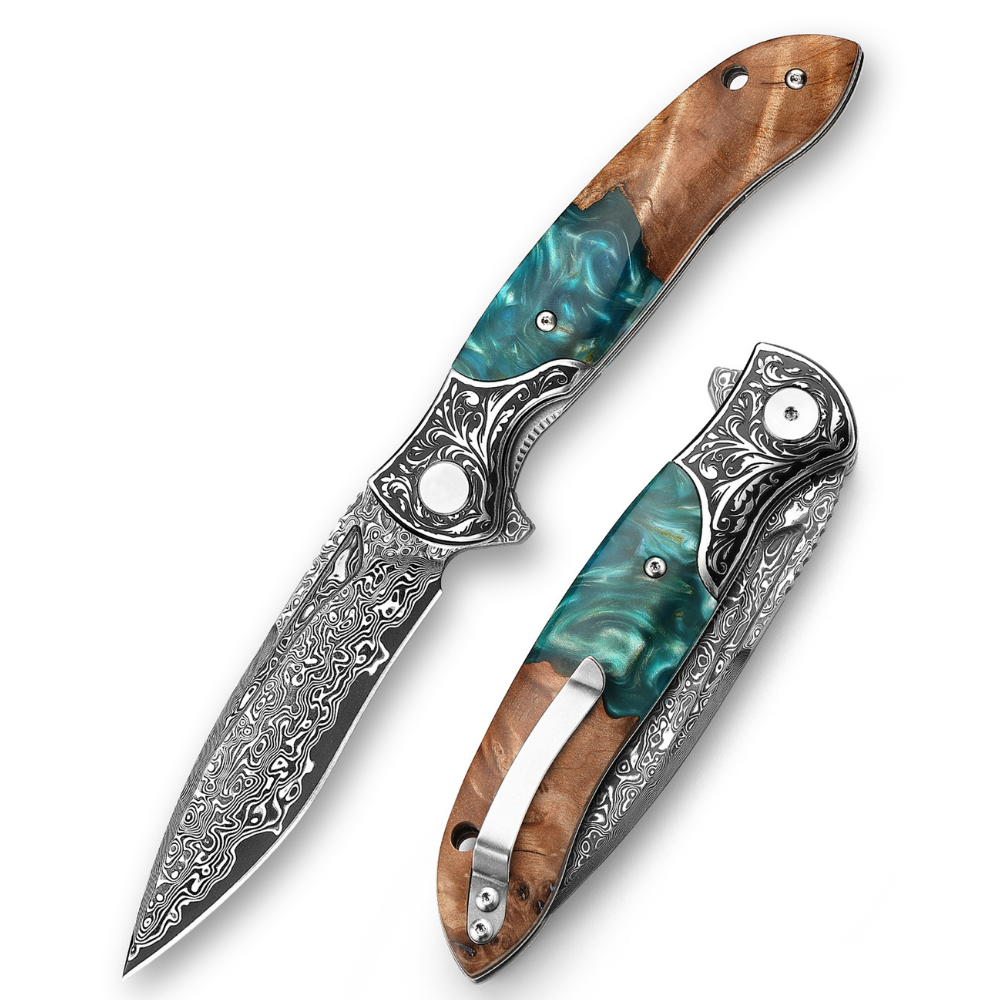
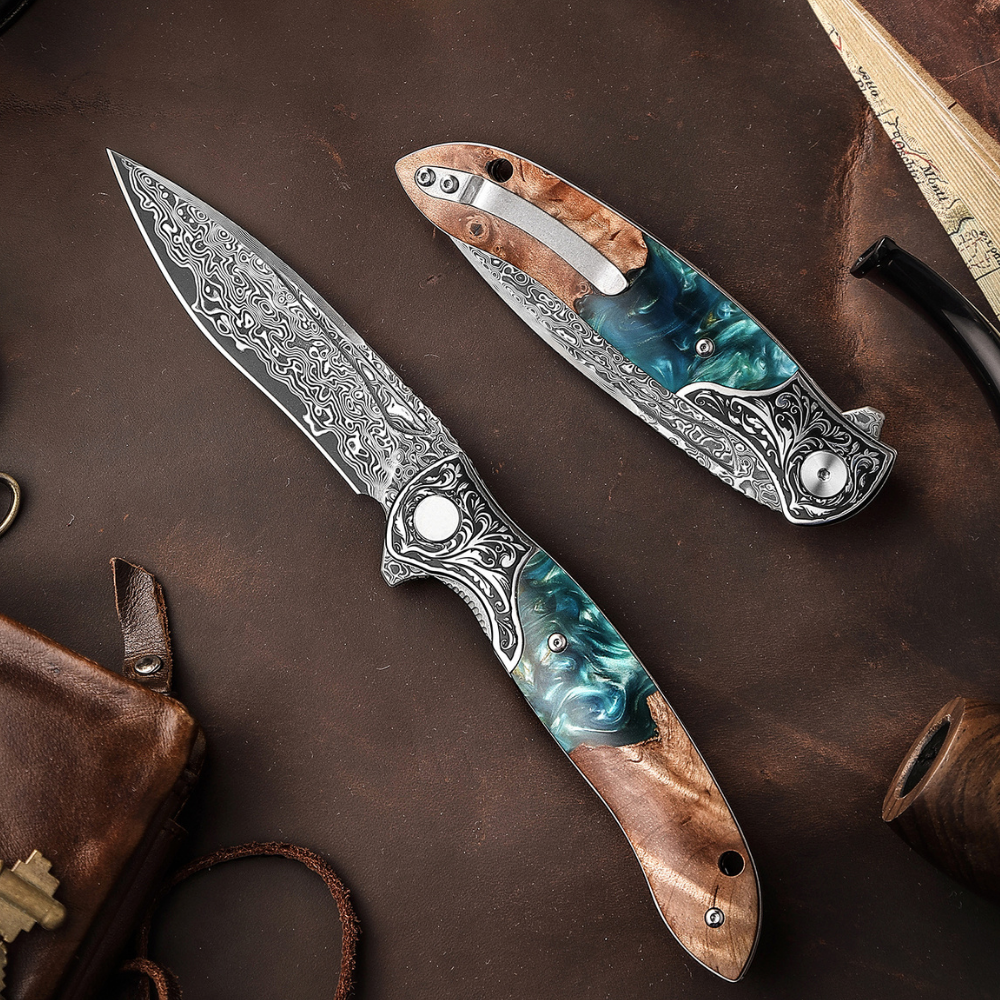
Dejar un comentario